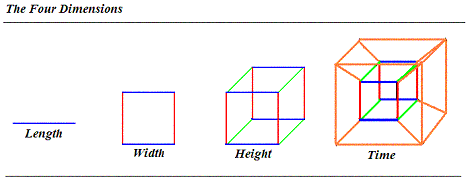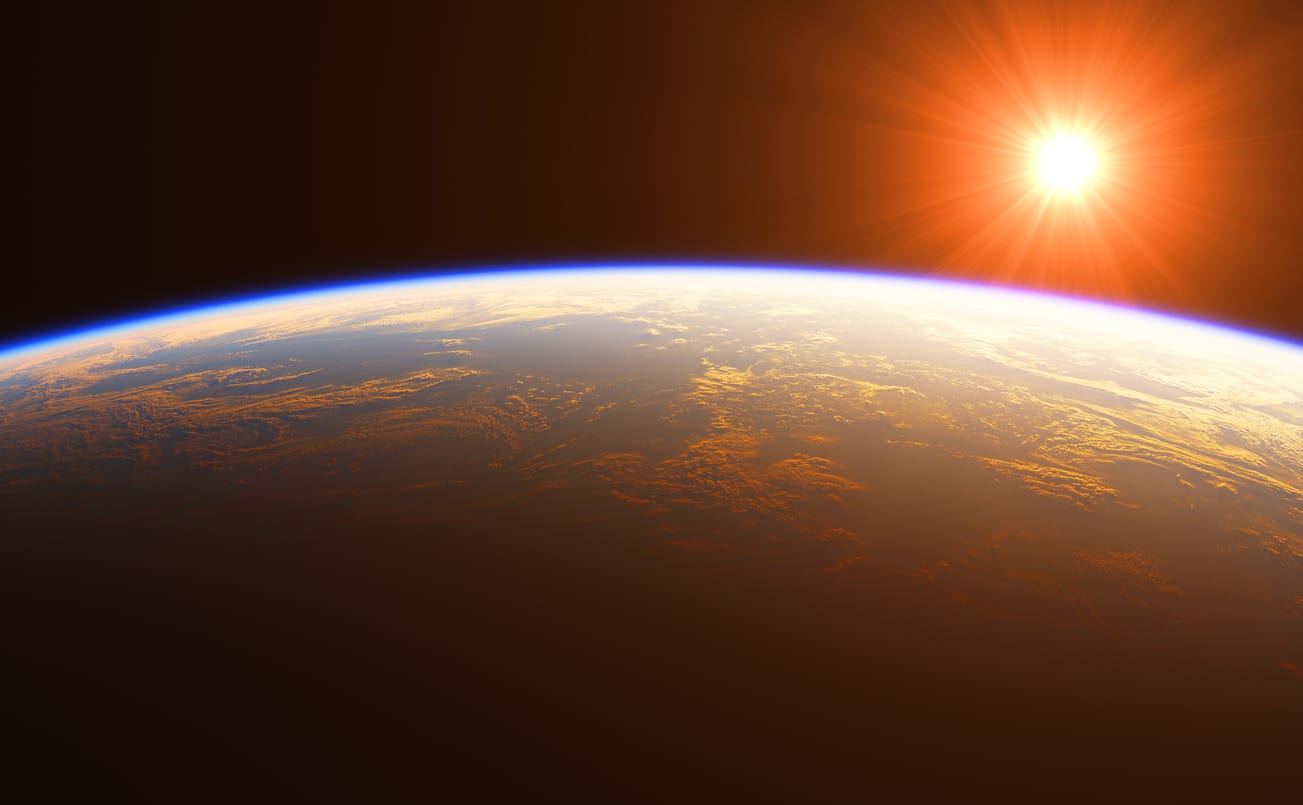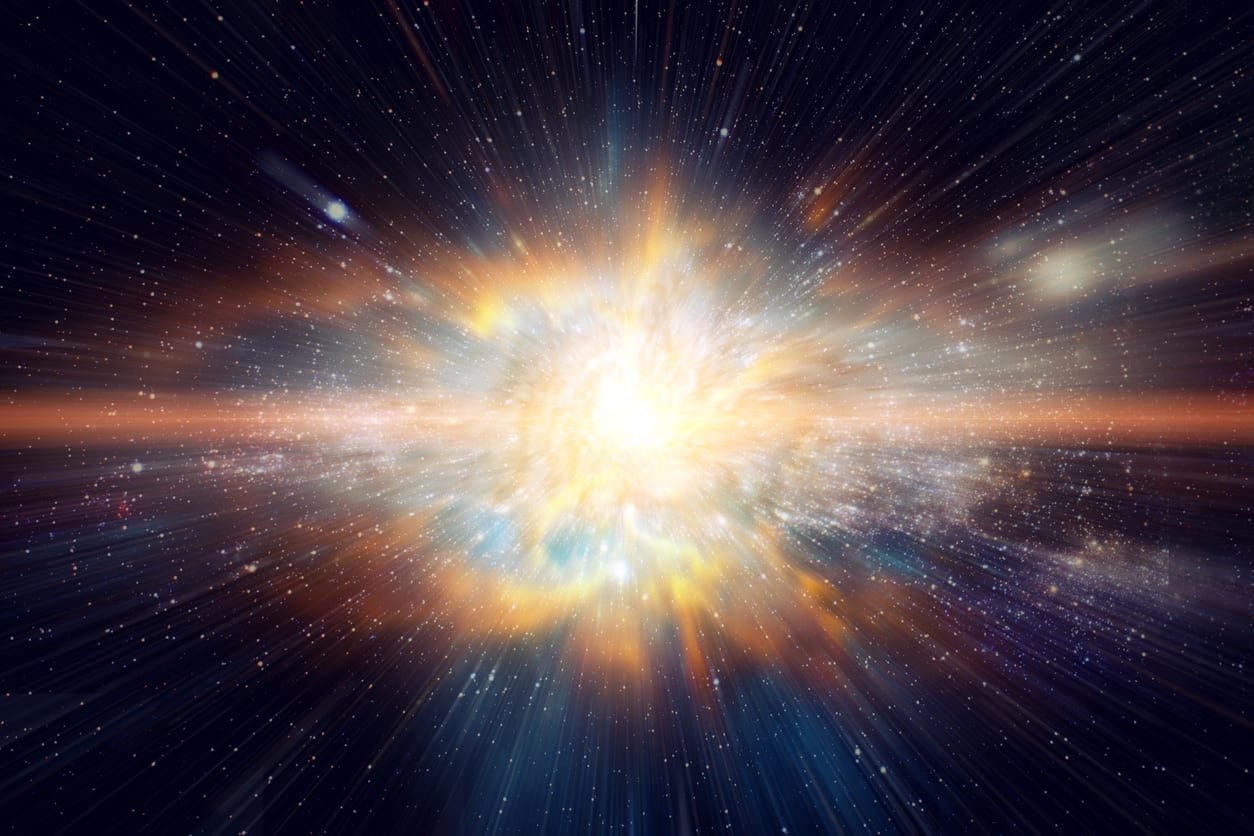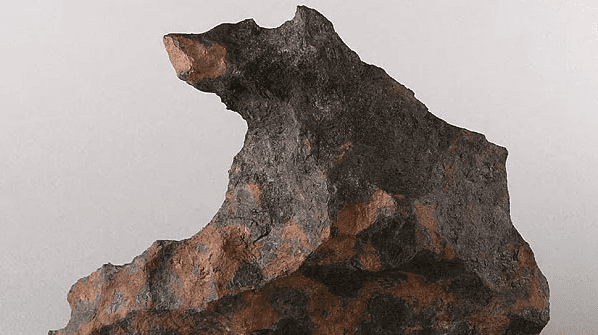Reddit has a forum called “No Stupid Question,” and this one is pretty great.
The OP (original poster) points out that even if a person wants to do the right thing for the environment and the planet and such, the fact that it’s literally cheaper to like, throw out your entire printer instead of buying a new ink cartridge make it hard.
How are you supposed to do what’s best for the environment when it’s cheaper to purchase a whole new printer than it is to buy ink cartridges? from NoStupidQuestions
That’s just one example of course.
Let’s see what these 16 folks had to say in reply to his not-a-stupid question, shall we?
16. Be the bigger person.
Same way you expect governments and corporations to spend money to protect environment – you do what you know is best even if it costs more or is less convenient.
Also last I heard you can refill the cartridges instead of buying new ones
15. You might just have to work harder.
Assuming you’re using printers and cartridges as an example, that’s the point. Environmental damage exists because it is in general easier and cheaper to do things that are worse for the environment.
This ranges from throwing recyclables away instead of recycling, to chemical plants throwing unprocessed waste away directly into rivers.
At some point, you have to evaluate whether the damage to the environment of some action is “worth” the alternative.
In your case, this would be the cost of buying ink cartridges rather than new printers (buy a laser printer).
14. Make a choice.
If you’re concerned about the environment, you do the thing that’s better for the environment… If and when you can.
You’re not compelled to do the cheapest thing possible all the time, to the detriment of your values.
13. A fair alternative, at least in this case.
I guess the best you can do is recycle the old printer, but even then, you can’t guarantee that any of the components will actually be put to use.
12. They’re trying…sort of.
Fortunately, manufacturers have started bringing refillable ink tanks to their printers. Canon G2000 for example, comes with a full tank of ink that should last a home user a couple of years.
And refilling it is quite reasonable. 40$ gets you all the colors you need and lasts another couple of years.
It has it’s drawbacks though. For example if you don’t print that much, air can get into the ink tubes which is easily fixed by a printer cleaning but it’s troublesome.
11. The more you know.
Here. From PC World:
Costco inkjet refills ($8 to $10, plus sales tax where applicable; HP 60 refill for black or tricolor cartridge, $8) Vendor URL: Costco Inkjet Refill Service
10. You’re probably wrong.
I simply stopped using a printer. I have “needed” to print something exactly 4 times at home since 1999.
When I need to print, I go to Staples/FedEx/whatever is nearby somewhere I will already be anyway.
You may think “that’s ridiculous, I cant stop printing?!?”… Well tbh, you’re probably wrong, and if you think about it very little of what you’ve printed has needed to be printed, or at least been printed immediately at home, on demand.
9. If you want to get technical about it.
The best thing you can do for the environment is elect a government that will enact systemic reforms forcing corporations to pay the cost of repairing the damage they do to the environment.
The printer isn’t particularly relevant.
8. Yeah, man. Totally.
Planned obsolescence is the enemy of the environment.
7. Damn the man.
You’re not. The idea that any individual person can significantly impact the environment—by reusing bags, by buying a Prius, by turning down the AC in the summer, by buying organic—is a myth propagated by large corporations to shirk responsibility for modern climate change.
Within the current dominant economic system (i.e., capitalism), not only is it completely impossible to live in an eco-friendly way, but even if you could do that, you’re only 1 person out of 7.5 billion (and counting). You have no power to help the planet except by fighting capitalism. Capitalism’s only way to exist is to grow, extract, grow, extract, grow, extract, ad infinitum, which is not sustainable. Capitalism can never coexist with widespread, genuine care for nature.
Also, capitalism is inherently both racist and imperialist (look up “mlk three evils”).
We gotta change this sh%t up.
6. Invest in quality.
As people point out there are better lasting printers out there, but a lot of people think affordable rather than long term.
In terms of printers, i’ve rarely needed one so buying a new one has literally been every 7 or 8 years.
But its the same for a lot of things people buy. Why is it cheaper to buy a heap of junk food instead of eating healthy? Because junk food tastes nice and people will buy more of it than health food.
I once bought shoes from Kmart for $30 and in a month became so uncomfortable, they were torture to stand/walk in. Saved my pennies and bought them from a proper shoe shop for $180 and 6 years later they are still going strong.
Those who make cheap things with shoddy quality dont care about the environment.
5. Well maybe you can make a difference?
This isn’t entirely true, I’m actually studying sustainability and climate change and thought it is true that an individual’s chooses have less of an impact that that of a large company it can still have a significant effect. People indirectly control the industry if 10% of people stop buying beef that’s a 10% drop in profit for beef producers. That can have a serious effect on how a company operates so while it is important to change the policy regulating large corporations it is still important for individuals to live more sustainability especially since the implementation of new policy is painfully slow.
If anyone wants advice on some minor changes you can make to live more sustainability here are some of the best things you can do.
fly only when absolutely necessary. Flying is one of the most environmentally damaging things an individual can do if possible drive or take a train/bus.
reduce your consumption of beef and dairy products. Cows are responsible for a significant amount of global warming due to their emission of methane which is a much better greenhouse gases than CO2. Cows are the biggest offender but generally meat is the worst offender the least environmentally damaging meat that is available is chicken.try to repair devices and applications whey they have broken and simply buy less stuff especially if it is single use this reduces your impact as you will consume less and will cause you to produce less waste.
4. I think it’s the walking that’s the key.
Personally, I walk to the library or the UPS store.
This is one of the reasons cities are a pretty eco way to live—strangers can share instead of buying their own shit.
3. Just wait for evolution to catch up.
We need to evolve as a people. It has to do with consumer demand. We need to demand longer lasting or products.
Maybe have our government s subsidize the good stuff. And tax the single use type crap.
2. Even that’s a scam.
Recycling has so much better of a reputation than it deserves. It’s just one small step above throwing stuff straight in the garbage.
“Reduce, Reuse, Recycle” is in priority order. Recycling is a last ditch option before throwing stuff away. The best option is to just use less stuff.
1. We can only do so much one person at a time.
Doing what’s best for the environment isn’t really about what you and I do day to day. On an individual level, we could be vegan as fuck and be completely carbon neutral without making a dent on the vast, global environment. Even that #TeamTrees thing on YouTube will do next to nothing, as great as that was.
What needs to happen is companies and governments need to take immediate, drastic action. That’s the only way we can save the planet. If you still want to do something yourself, then the best thing to do is get involved in politics and campaigns, and make sure to vote for people who genuinely want to tackle the climate crisis.
Of course consumers are gonna pick the cheapest options that are worse for the environment. Especially if they have to pick between the environment or feeding their kids. It’s up to companies and those in charge to make the more environmentally friendly options more accessible.
It’s kind of depressing when you lay it all out like that, don’t you think?
What are your thoughts on companies making it harder than it should be to do the right thing?
Let’s talk about it in the comments!
The post People Talk About the Question: How Are We Supposed to Save The Planet When It’s Cheaper to Trash It? appeared first on UberFacts.













